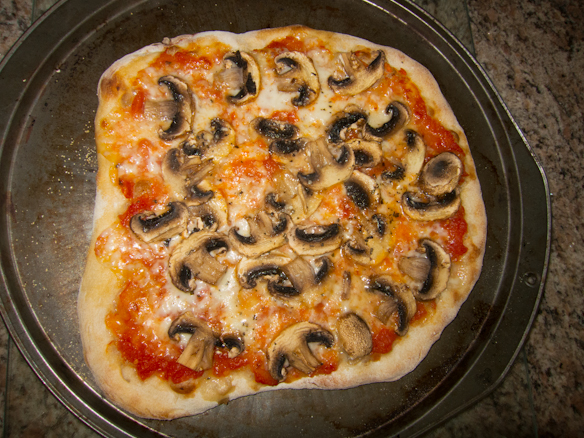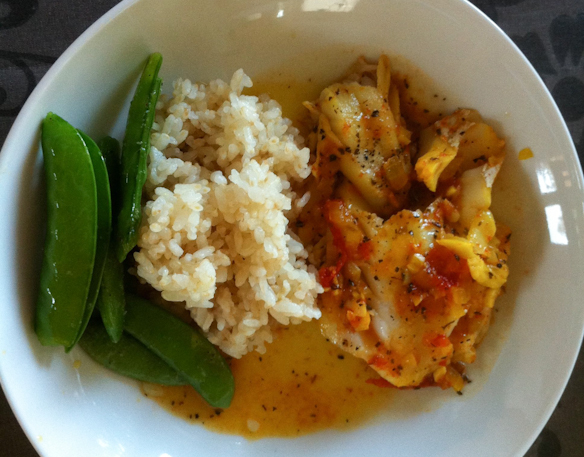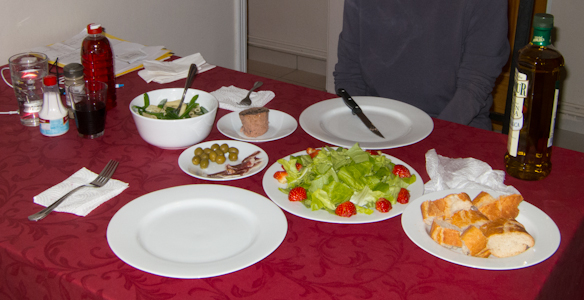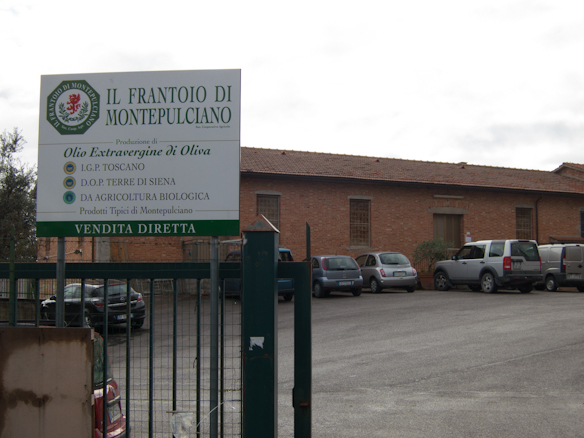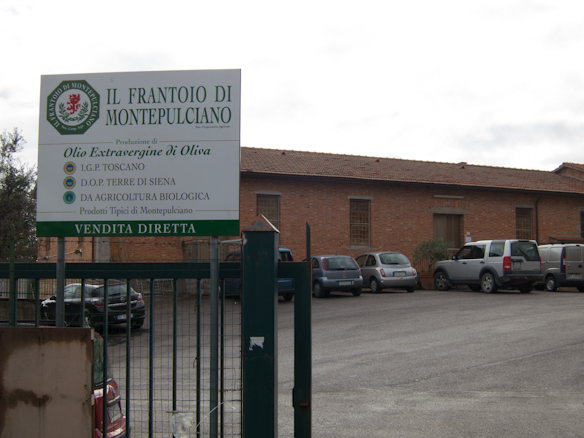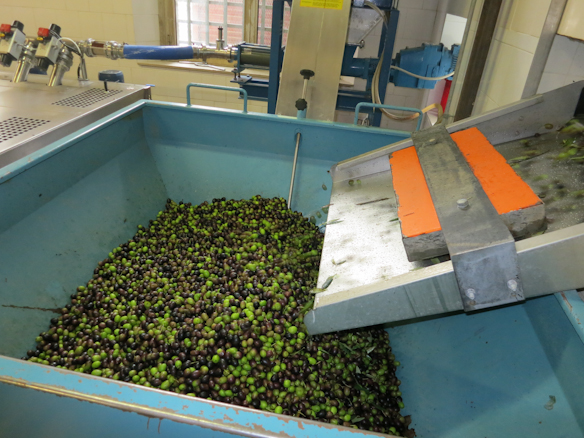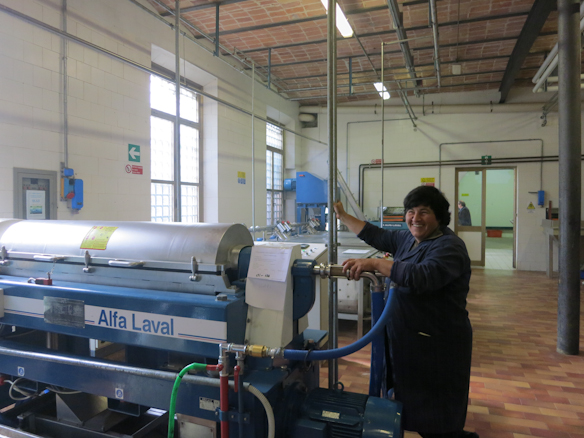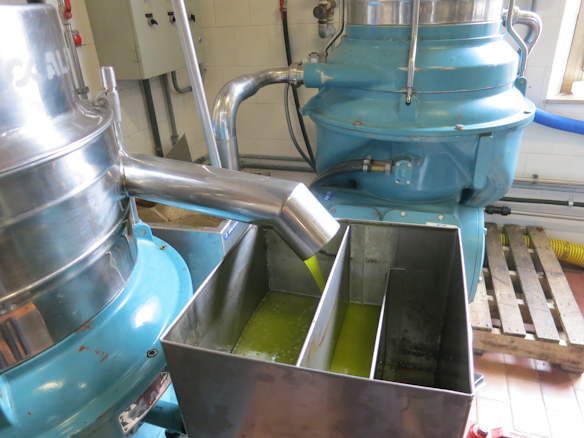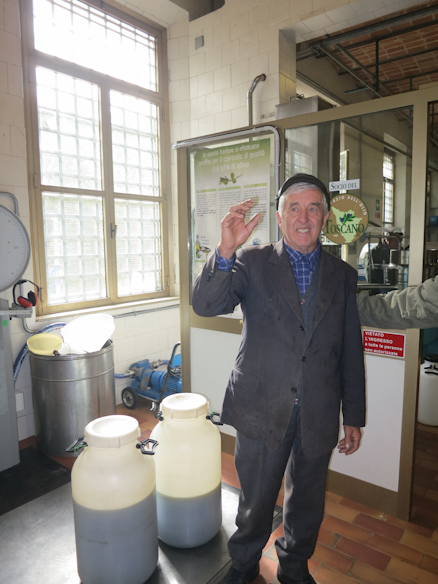We just found a great recipe for home-made pizza. The book is My Pizza by Jim Lahey, who developed the no-knead bread technique made popular by Mark Bittman of the New York Times. The pizza dough is thin and crisp, and it has air pockets that brown nicely. My Pizza has a recipe for the pizza dough and many recipes for toppings.
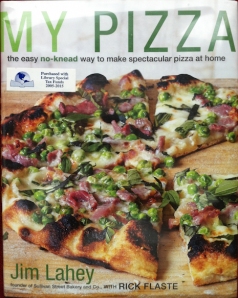
The pizza dough recipe makes four 10″ pizzas from 3 3/4 cups of flour, a quarter teaspoon of yeast, 2 teaspoons salt, and 1 1/2 cups water.
- Mix the dry ingredients, then mix in the water
- Cover and let rise at room temperature until more than doubled (about 18 hours at 72 F)
- Divide dough into four balls. Fold each ball four times and form each ball into a round mound. Dust each ball with flour so it’s not sticky.
- To store a ball up to three days, wrap with plastic wrap and refrigerate. Do not freeze.
- To make a pizza, spread a ball on a floured surface to 6″ – 8″ with your fingers. Continue spreading it with your fingers or on your knuckles until it’s 10″ – 12″ in diameter.
- Place the dough on to a pizza peel and add toppings
- For an electric oven, place the pizza stone 4″ from the broiler, and preheat the oven at 500 degrees for 30 minutes. Open the oven door a bit for half a minute, and broil for 10 minutes to heat the stone. Slide the pizza from the pizza peel to the stone and broil for 3-5 minutes, until the pizza is browned.
This pizza has been assembled on the pizza peel and is ready to bake. The toppings are tomato sauce, fresh mozzarella cheese, fresh mushrooms, and grated parmesan cheese. The tomato sauce has fresh and roasted San Marzano tomatoes and extra-virgin olive oil.
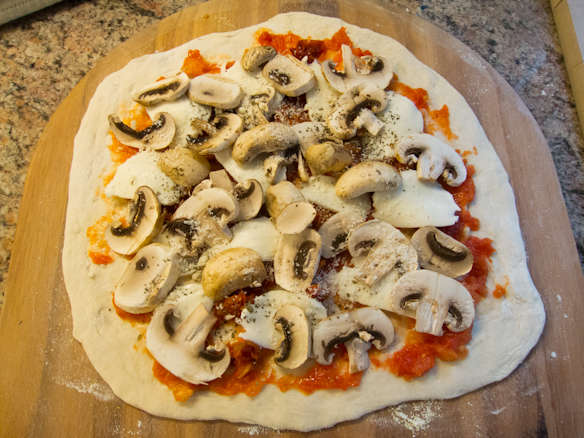
Here’s a pizza fresh from the oven. This pizza has a thin crust like pizzas we’ve enjoyed in New York City. 🙂
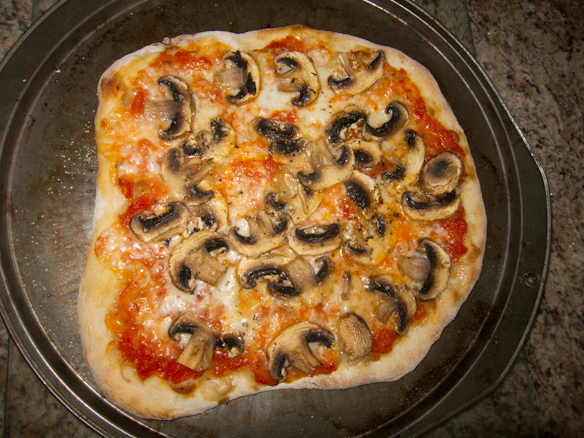
We tried other pizza recipes that turned out badly, and we wondered if we could make good pizza at home. With Lahey’s recipe, our pizzas were very good the first time! Lahey introduced three changes:
- No-knead pizza dough, which has less yeast and a longer rise time (about 18 hours) than the traditional approach. Less work, and the dough has bubbles and perhaps better flavor.
- Broil the pizza instead of baking it. The higher temperature helps produce a crisp crust
- Reduced fat for the topping, which keeps the pizza flavor lighter
We used a pizza stone and peel, as we did before. We spread the dough into a pie with knuckles. The dough held together without tearing a hole, and the knuckle approach was easier than expected. We made two pizza the first day and made the remaining two pizza three days later. After three days, the pizza dough was a bit worse than the first day — the raw dough was more watery, and based pizza didn’t have the blisters that the initial pizzas had.
